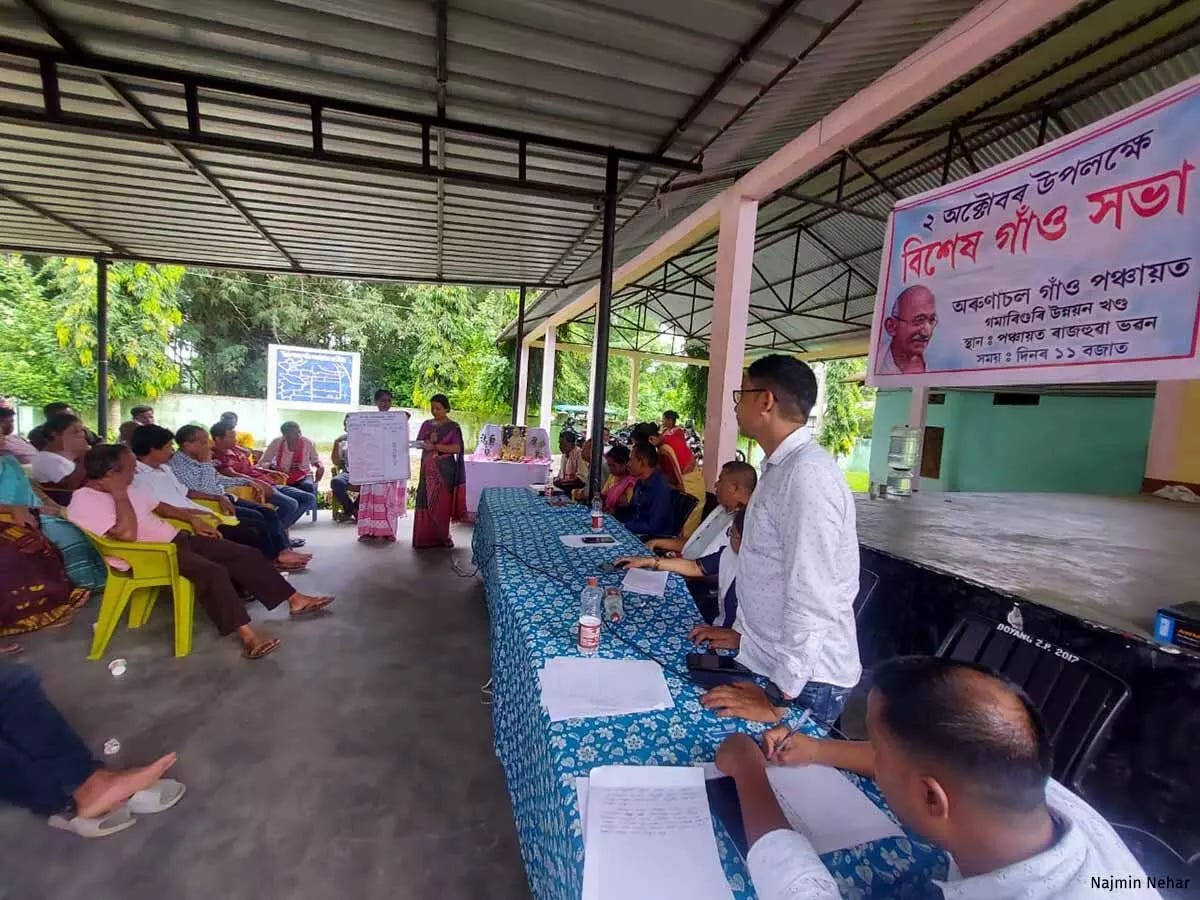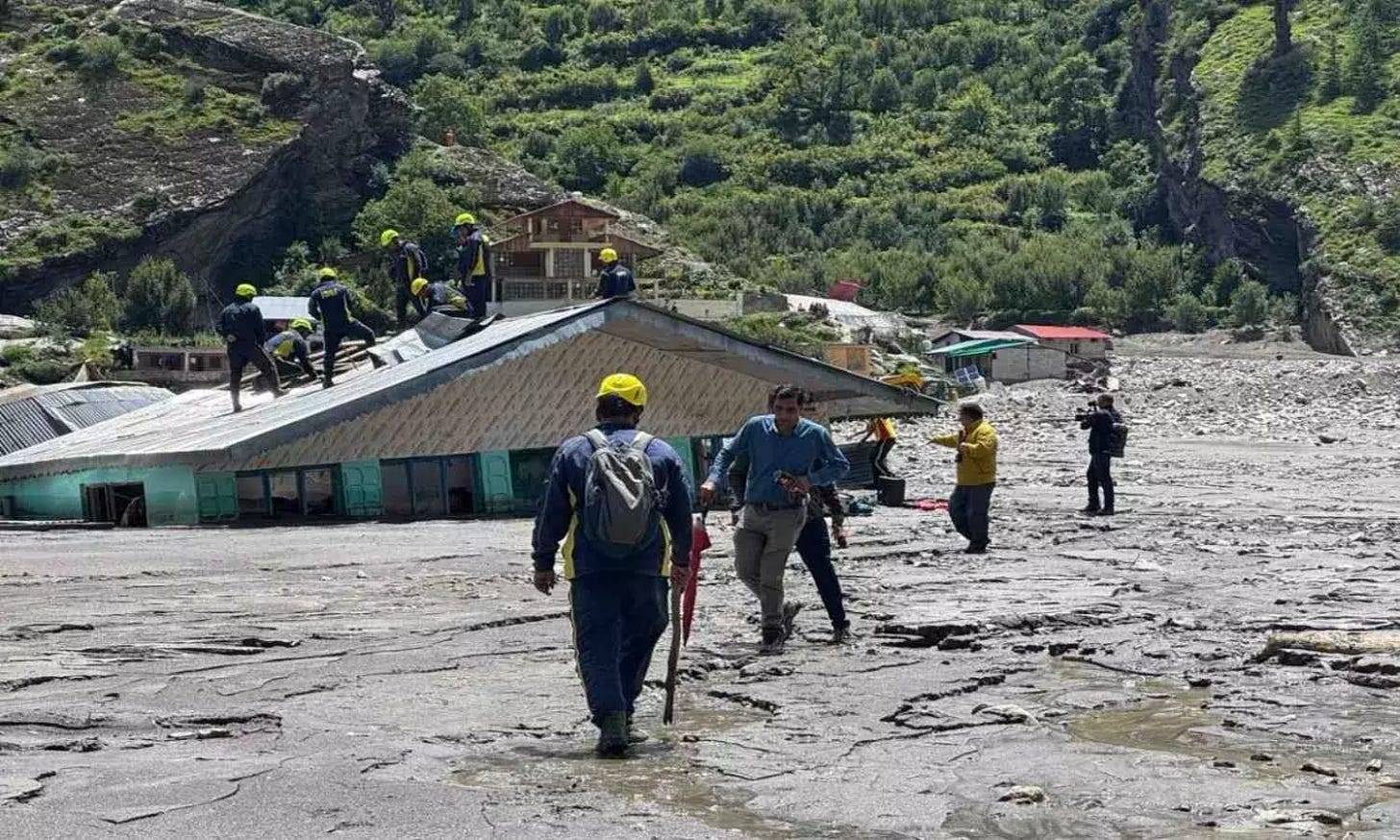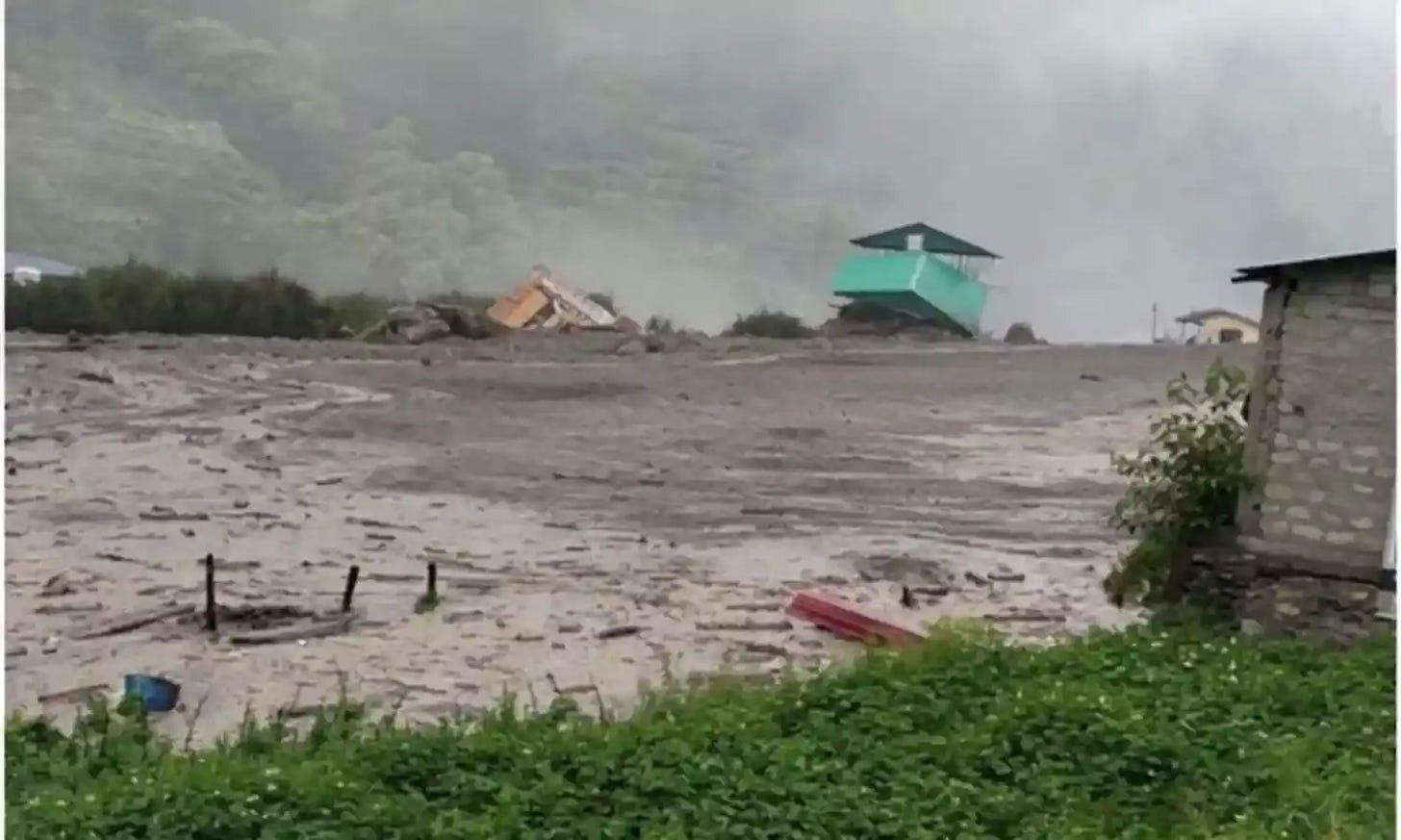Chronicles of a Disaster Foretold
This week, the disaster in Uttarakhand's Dharali, how panchayats formulate development plans, and the rising incidence of viral diseases
On 5 August 2025, the village of Dharali in Uttarkashi, Uttarakhand, was devastated when a glacial lake burst its bonds, likely triggered by a cloudburst and glacier instability. The surge of debris swept through the valley, destroying 26 homes, hotels, and homestays and claiming multiple lives.
Given the scale and magnitude of this disaster, our coverage this week focuses largely on the Dharali tragedy and the lessons that are there to be learned.
First up, is an interview with environmentalist Ravi Chopra, who says that these disasters are not just acts of nature -- they are increasingly urgent warnings of what lies in store. Chopra traces the recent tragedy to a range of causes including poorly planned roads and deforestation to unchecked tourism and failed environmental safeguards, in this wide-ranging interview with Tanvi Deshpande.
Still staying with Dharali, IndiaSpend Hindi features a story that echoes the interview above. Experts point out that the Himalayas are warming at three times the global average, accelerating glacier melt, expanding glacial lakes, and heightening the risks of sudden floods and landslides.
The Dharali tragedy is a stark reminder of the Himalayas' fragile ecosystems and the increasing frequency of extreme weather and glacial hazards in a warming world. Saurabh Sharma reports
Continuing the coverage of the Dharali tragedy, while the precise causes are still under investigation, scientists attribute such extreme events to climate change, rising temperatures, and shifting rainfall patterns. Glacial retreat, melting permafrost, and unplanned development have destabilized slopes, increasing vulnerability to flash floods and landslides.
Research shows that warming in the Himalayas is three times the global average, intensifying glacial melt and filling glacial lakes faster, while atmospheric changes, including stronger low-level jets and regional heat anomalies, have amplified rainfall in northern India and Pakistan. Experts stress the urgent need for improved monitoring, early-warning systems, and climate-resilient infrastructure to reduce casualties and economic loss in these ecologically fragile regions. Mithilesh Dubey Dhar reports for IndiaSpend Hindi
Here's the bottom line: When the Char Dham Mahamarg project was first mooted with the stated aim of upgrading 889 km of roads connecting Yamunotri, Gangotri, Kedarnath and Badrinath, environmentalists, local communities and geologists were quick to point out that the project could trigger landslides and soil erosion due to road widening, that it could lead to deforestation and ecological damage in the fragile sub-Himalayan region, and negatively impact rivers, glacial streams and, ironically, pilgrimage areas.
The government rode roughshod over such concerns, dismissing them as the moans of an "anti-development lobby", and speeded up construction under what it called "mission mode". The area is now paying the price -- Joshimath earlier, in 2023 when the region experienced ground subsidence and land sinking, and now the Dharali tragedy. Disastrous as these instances have been, they are merely the beginning -- environmentalists see them as canaries in the coalmine, warning of bigger disasters to follow.
Point is, environmentalists are not against development; all they ask is that development planning takes into account the ecology of the area sought to be developed.
I'll get off the soapbox now. Elsewhere on IndiaSpend this week:
When Village Voices Go Unheard
Najmin Nehar’s mornings in Golaghat, Assam, start before sunrise and are filled with household chores before she heads out to mobilise women from self-help groups (SHGs) for local governance work. As a community resource person under Assam’s NRLM, Nehar ensures SHG members participate in drafting the Gram Panchayat Development Plan (GPDP) — a tool meant to capture village-level priorities for economic and social development.

Despite policy mandates and years of effort, genuine community participation remains limited. While Assam reports 80% of panchayats have prepared plans, only 1.4% have implemented them. Constraints include delayed elections, top-down fund allocation, and panchayats prioritising basic infrastructure over community-driven demands. SHGs provide detailed Village Prosperity and Resilience Plans, yet integration into GPDPs is uneven. Experts highlight the need for capacity-building, revival of planning committees, and stronger convergence with line departments. Nehar’s work reflects both the promise and persistent gaps in India’s decentralised planning framework. Padmini Ramesh and Himanshu Hari report
Climate fuels India's viral surge
India is witnessing a surge of viral diseases, with nearly every state linked to a distinct outbreak over recent decades: Nipah in Kerala, Chandipura in Gujarat, Monkey Fever in Karnataka, Zika in Goa, Influenza in Delhi, and Japanese Encephalitis in Uttar Pradesh. According to scientists at the ICMR–National Institute of Virology (NIV), climate change is emerging as a key driver, altering temperature, rainfall, and humidity patterns which in turn affect vectors and wildlife, creating new pathways for viral transmission.
NIV’s nationwide surveillance network, including 73 syndromic sites, monitors these threats in real time, providing early warnings and guiding vaccination and public health strategies, making India a global hub for climate-linked viral vigilance. Parikshit Nirbhay reports, for IndiaSpend Hindi
That is all we have for this week. Heavy rains continue across various parts of the country. Take care, stay dry, stay safe, and we'll see you back here next week.





